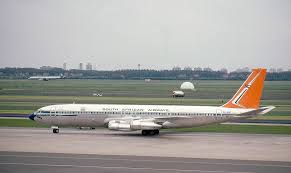Aviation Industry Transformation: Major Changes Reshape Global Flight Landscape in Late 2025

Industry Consolidation and Market Evolution
The aviation industry is experiencing significant consolidation, particularly in the aircraft leasing sector, which now controls more than half of the world’s commercial fleet. The leasing industry has grown from 51% ownership in 2009 to 58% currently.
Airline Expansions and Route Changes
Major carriers are actively expanding their networks, with Frontier Airlines announcing 22 new routes across the US, Caribbean, and Latin America, scheduled to launch in November and December. United Airlines is also expanding its winter schedule, adding flights to 15 cities including Fort Lauderdale, Orlando, and Las Vegas.
Industry Challenges and Disruptions
The industry faces significant challenges as airlines reassess their capacity plans due to flight oversupply affecting fares and profits. Some carriers are struggling severely, as exemplified by Spirit Airlines, which recently filed for Chapter 11 bankruptcy protection for the second time in less than a year.
Labor Relations and Workforce Issues
Labor relations have become a critical concern, as demonstrated by the recent Air Canada situation where over 10,000 flight attendants initiated a strike after failed negotiations. This action has disrupted operations, affected thousands of passengers, and highlighted deeper issues in the aviation sector.
Looking Ahead
As air travel demand continues to grow, industry experts emphasize the importance of addressing employee concerns and ensuring fair compensation. The focus is increasingly on effective communication and collaboration between unions and airline management to prevent future disruptions.
The industry’s evolution requires cooperation between employers and employees to address emerging challenges and ensure the sector’s future success. The current situation marks the beginning of a broader conversation about labor relations, financial stability, and the future of air travel.
